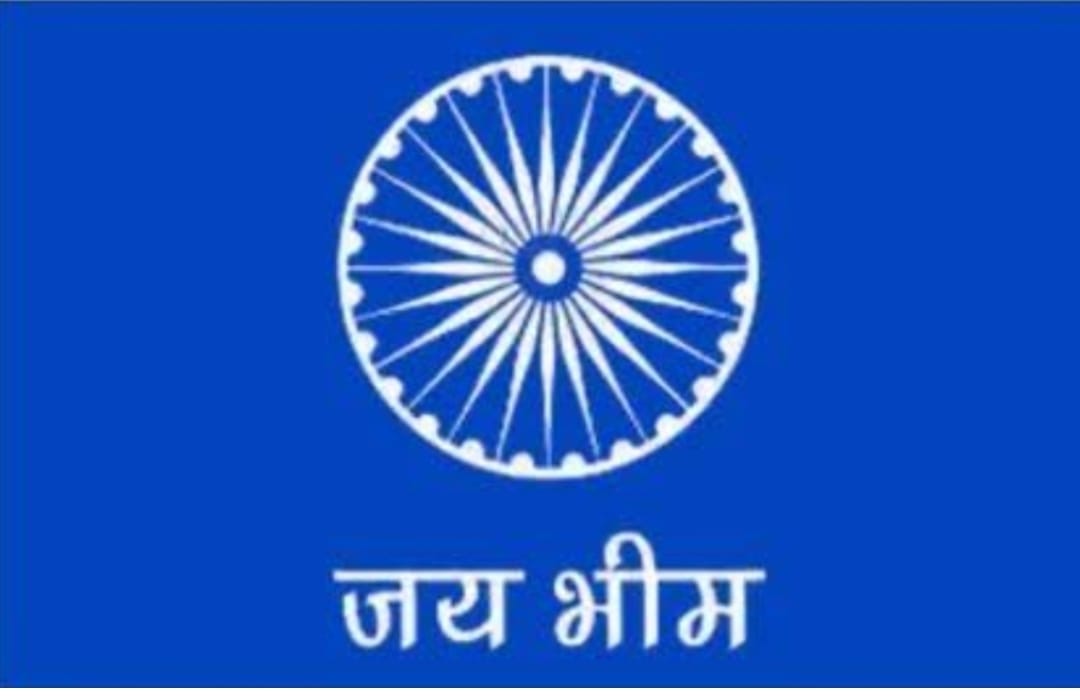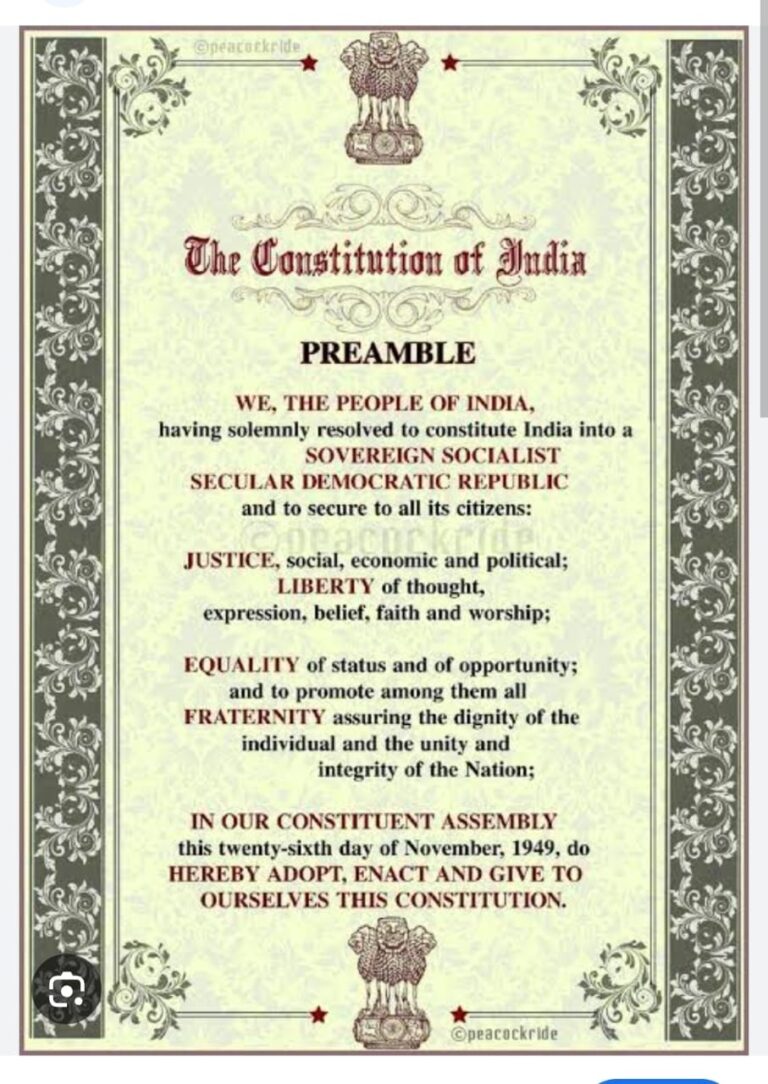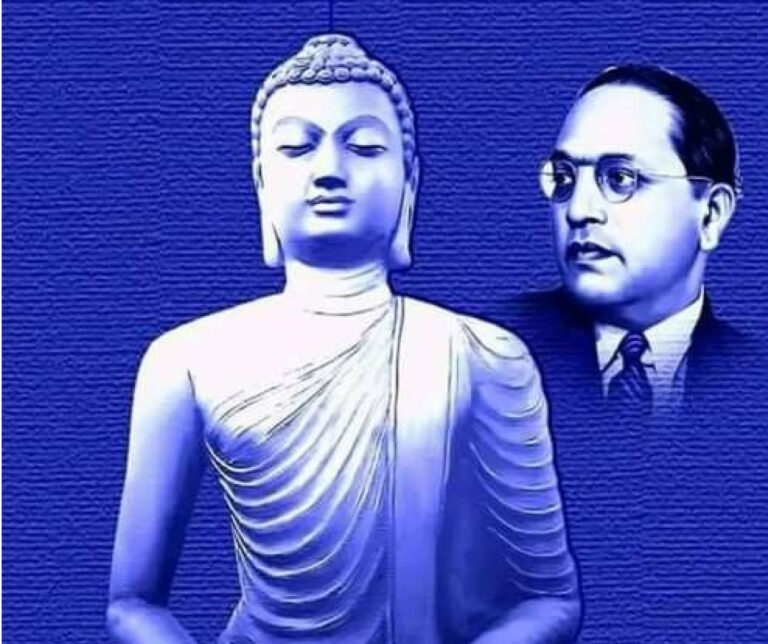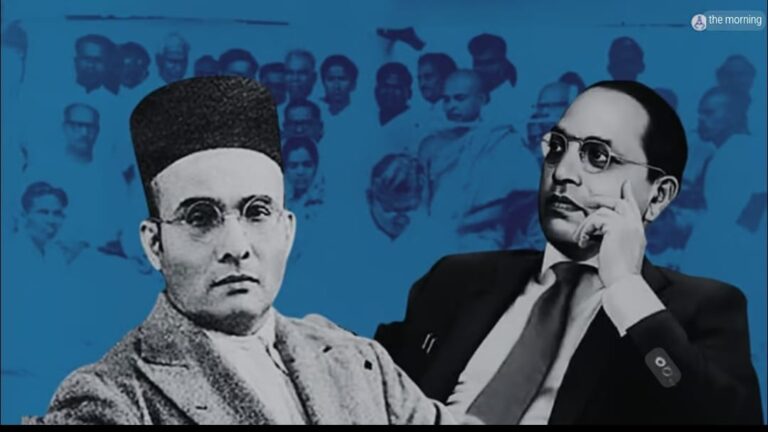Jay Bhim
In recent years, the phrase “Jai Bhim” has become a powerful slogan representing the struggle for social justice, equality, and the rights of marginalized communities in India. Derived from the name of Dr. B.R. Ambedkar, the chief architect of the Indian Constitution and a champion of Dalit rights, “Jai Bhim” is more than just a greeting—it is a call for empowerment and resistance against caste-based discrimination. Alongside this slogan, the concept of “Jai Bhim Color” has emerged as a symbolic representation of this movement. This article explores the meaning, significance, and impact of Jai Bhim Color in the context of India’s social and cultural landscape.
What is Jai Bhim‘s Colour?
The term “Jai Bhim Colour” refers to the use of specific colors associated with the Ambedkarite movement and the Dalit struggle for equality. Dr.Babasaheb Ambedkar choose it. Then it became a color for the Jai Bhim movement, certain colors like blue and white have become symbolic of Dr. Ambedkar’s ideals and the fight against caste oppression. These colors are often seen in flags, banners, clothing, and other representations of the movement.
The choice of colors is deeply rooted in history and symbolism. For instance:
- Blue: Represents peace, justice, and the vastness of the sky, symbolizing the limitless potential of marginalized communities.
- White: Symbolizes purity, equality, and the eradication of caste-based discrimination.
Together, these colors embody the values of the Jai Bhim movement and serve as a visual reminder of the ongoing struggle for social justice.
Historical Context of the Jai Bhim Colour
To understand the significance of Jai Bhim Color, it is essential to peek into the history of the Jai Bhim movement and its connection to Dr. B.R. Ambedkar. Dr. Babasaheb Ambedkar wanted to form a strong opposition political party, including all small parties of India, which could stand in front of the ruling party of India and pressure it to make proper decisions. He decided the party’s name was the “Indian Republican Party” and the flag would be blue with a white Ashok chakra on it. Unfortunately, it was left incomplete because of his early death. But his color selection is confirmed for his movement.
The Role of Colours in the Movement
Colors have always played a significant role in social and political movements. In the case of the Jai Bhim movement, the use of specific colors like blue and white helps to create a sense of unity and identity among its followers. These colors are often displayed during rallies, protests, and cultural events, serving as a powerful visual representation of the movement’s ideals.
The symbolism of Jai Bhim Colour
The colors associated with the Jai Bhim movement carry deep symbolic meaning. Here’s a breakdown of their significance:
1. Blue: The Colour of Justice and Peace
- Justice: Blue is often associated with fairness and justice, reflecting Dr. Ambedkar’s vision of a society where everyone is treated equally.
- Peace: The color blue also symbolizes peace, which is a core value of the Jai Bhim movement. It represents the desire for a harmonious society free from caste-based violence and discrimination.
- Limitless Potential: The vastness of the blue sky serves as a metaphor for the limitless potential of marginalized communities when given equal opportunities.
2. White: The Colour of Purity and Equality
- Purity: White symbolizes purity and the eradication of social evils like untouchability and casteism.
- Equality: It represents the movement’s goal of creating a society where everyone is equal, regardless of their caste or background.
3. Combination of Blue and White
The combination of blue and white creates a striking visual contrast that captures the essence of the Jai Bhim movement. It represents the duality of struggle and hope—the fight against oppression and the dream of a better future.
Jai Bhim Colour in Popular Culture
The influence of Jai Bhim Color extends beyond political and social movements. It has found its way into popular culture, including art, fashion, and media.
1. Art and Design
Many artists and designers use blue and white to create works that celebrate Dr. Ambedkar’s legacy and the Dalit struggle for equality. These colors are often incorporated into paintings, posters, and murals that depict scenes from Ambedkar’s life or highlight issues faced by marginalized communities.
2. Fashion
The Jai Bhim Color has also made its mark in the fashion industry. Clothing featuring blue and white designs, often adorned with slogans like “Jai Bhim” or images of Dr. Ambedkar, has become popular among activists and supporters of the movement. These garments serve as a form of self-expression and a way to show solidarity with the cause. For example, on 6th December, his Death anniversary, millions of ladies followers came in white sarees with blue borders, as well as gents came in white kurtas, Blue jackets, printed T-shirts, and Blue hats, that is Samta Sainik dal hats ( one of the defensive wings in the Dalit movement)
3. Media and Entertainment
Films, documentaries, and songs that focus on Dalit issues often incorporate the Jai Bhim Color in their visuals. For example, the critically acclaimed movie “Jai Bhim” (2021) uses blue and white tones in its promotional material to emphasize its connection to the movement.
The Role of Jai Bhim Colour in Social Movements
The Jai Bhim Color plays a crucial role in mobilizing and uniting people during social movements. Here’s how:
1. Creating a Sense of Identity
The use of specific colors helps to create a sense of identity and belonging among the followers of the Jai Bhim movement. It allows them to visually distinguish themselves and express their shared values and goals.
2. Raising Awareness
Colors are a powerful tool for raising awareness about social issues. The Jai Bhim Color is often used in banners, posters, and social media campaigns to draw attention to the struggles faced by Dalits and other marginalized communities.
3. Inspiring Hope and Resilience
The symbolism of blue and white inspires hope and resilience among those fighting for social justice. It serves as a reminder that change is possible and that the struggle for equality is worth fighting for.
Jai Bhim Color and Political Representation
The Jai Bhim Color has also influenced political representation in India. Many political parties and leaders who advocate for Dalit rights incorporate blue and white into their logos, flags, and campaign materials. This helps to establish a visual connection with the Jai Bhim movement and attract support from marginalized communities.
For example:
- The Bahujan Samaj Party (BSP), a prominent political party in India, uses blue as its primary color to symbolize its commitment to social justice and equality.
- During elections, candidates often wear blue and white clothing or use these colors in their campaign materials to show their alignment with the Jai Bhim movement.
Challenges and Criticisms
While the Jai Bhim Color has become a powerful symbol of empowerment, it is not without its challenges and criticisms.
1. Commercialization
Some critics argue that the commercialization of Jai Bhim Color, particularly in fashion and merchandise, dilutes its significance and turns it into a mere trend rather than a symbol of social justice.
2. Misuse
There have been instances where the colors and slogans associated with the Jai Bhim movement have been misused for political gain or to spread divisive messages. This undermines the movement’s core values and creates confusion among its followers.
3. Lack of Inclusivity
While the Jai Bhim movement primarily focuses on Dalit rights, some argue that it should also address the issues faced by other marginalized groups, such as tribal communities and religious minorities.
The Way Forward
To ensure that the Jai Bhim Color continues to serve as a meaningful symbol of empowerment and social justice, the following steps can be taken:
- Promote Awareness: Educate people about the history and significance of the Jai Bhim Color to prevent its misuse and commercialization.
- Encourage Inclusivity: Expand the movement to include other marginalized communities and address their unique challenges.
- Support Grassroots Initiatives: Provide support to grassroots organizations and activists who are working to promote social justice and equality.
- Use Technology: Leverage social media and other digital platforms to spread the message of the Jai Bhim movement and engage with a wider audience.
Conclusion
The Jai Bhim Color is more than just a combination of blue and white—it is a powerful symbol of hope, resilience, and the fight for social justice. Rooted in the legacy of Dr. B.R. Ambedkar, it represents the aspirations of millions of marginalized individuals who continue to struggle for equality and dignity. By understanding and embracing the significance of these colors, we can contribute to building a more inclusive and equitable society.
As we move forward, let us remember the words of Dr. Ambedkar: “Educate, Agitate, Organize.” The Jai Bhim Color serves as a reminder of this mantra and inspires us to keep fighting for a world where everyone is treated with respect and fairness. Jai Bhim!
Summary Table: Key Highlights of Jai Bhim Color
| Aspect | Details |
| Primary Colors | Blue and White |
| Symbolism | Justice, peace, purity, equality, and limitless potential |
| Historical Connection | Inspired by Dr. B.R. Ambedkar and the Dalit struggle for social justice |
| Role in Popular Culture | Used in art, fashion, films, and media to promote awareness and solidarity |
| Political Representation | Incorporated by political parties advocating for Dalit rights |
| Challenges | Commercialization, misuse, and lack of inclusivity |
| Way Forward | Promote awareness, encourage inclusivity, support grassroots initiatives, use technology |
By embracing the Jai Bhim Color and the values it represents, we can honor the legacy of Dr. Ambedkar and work towards a brighter, more equitable future for all.
Jai Bhim!












